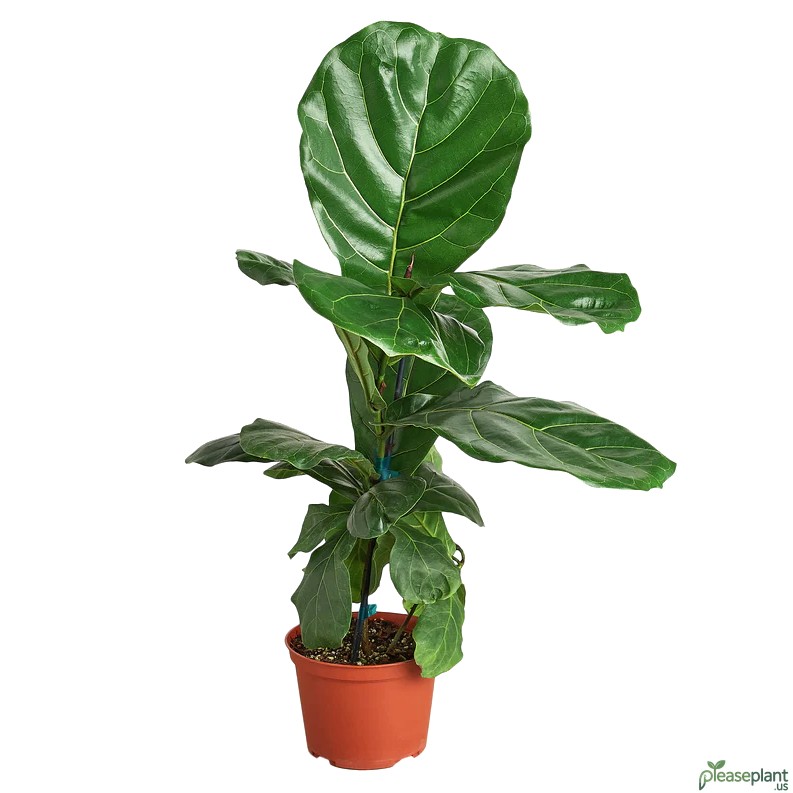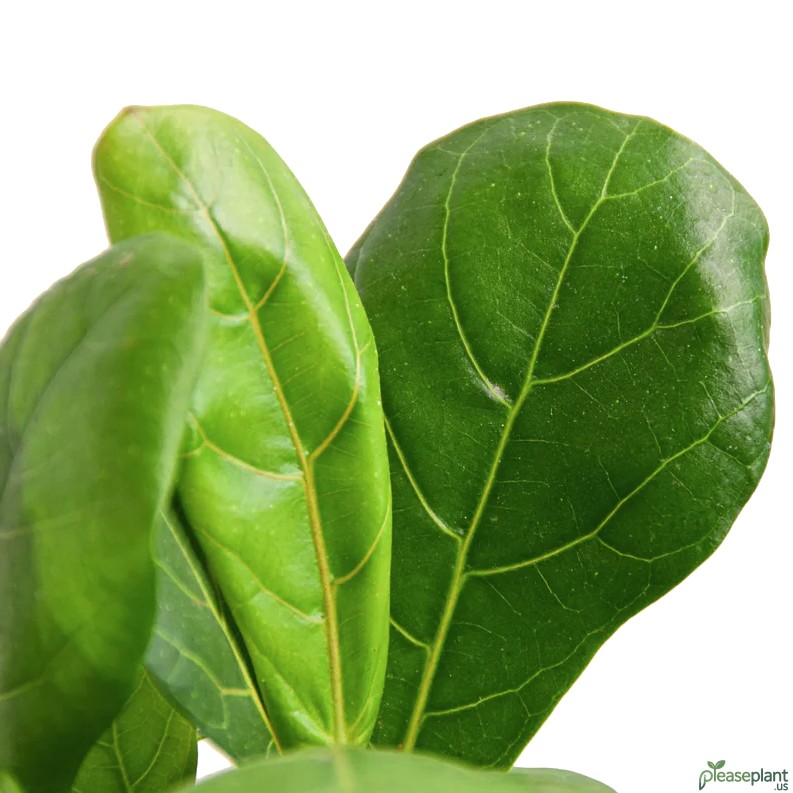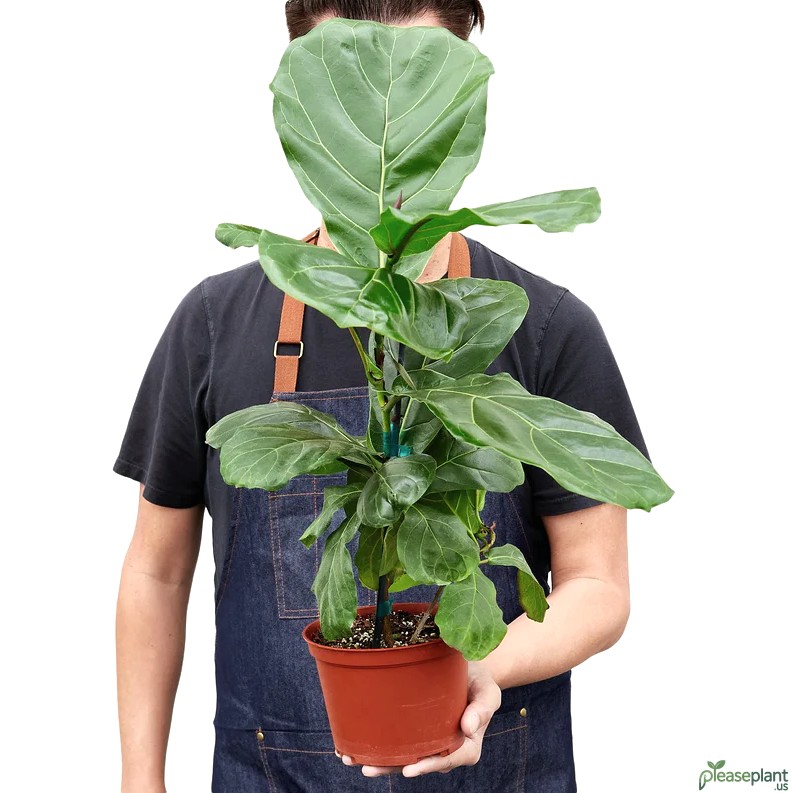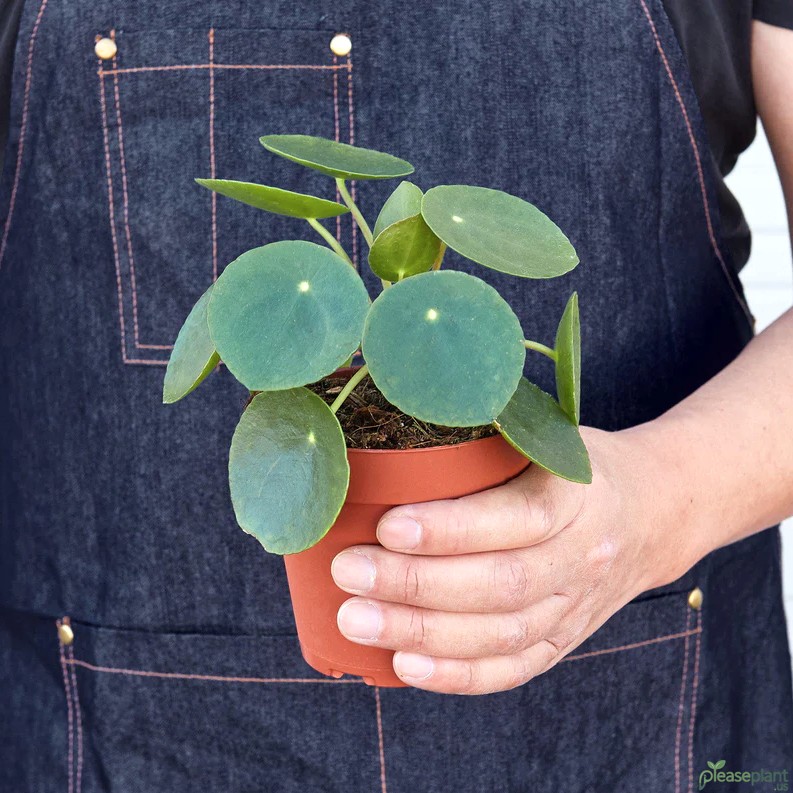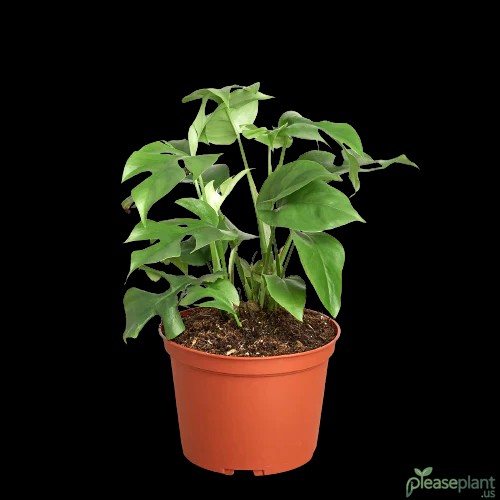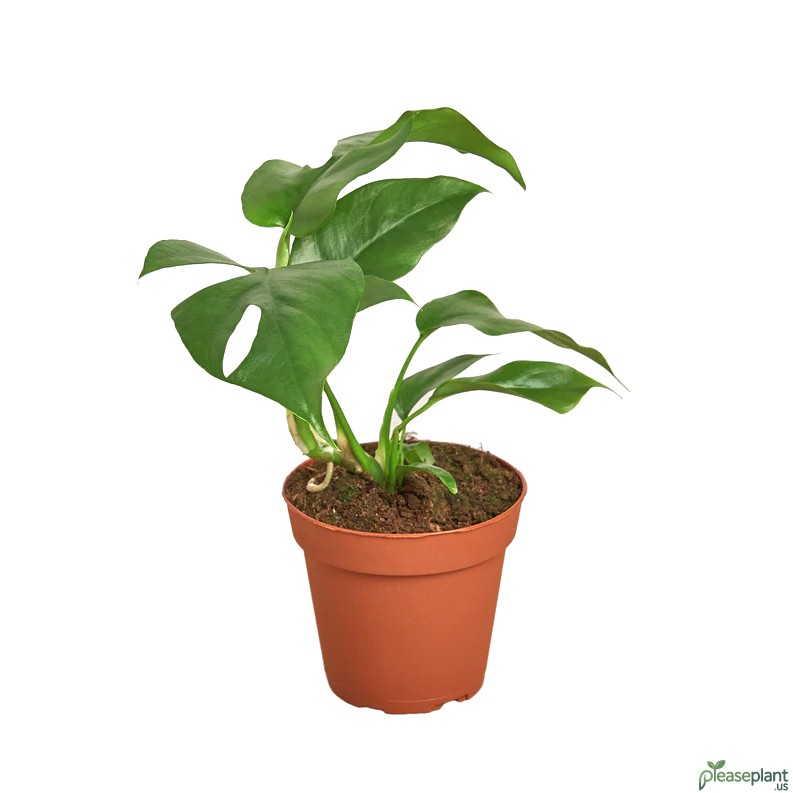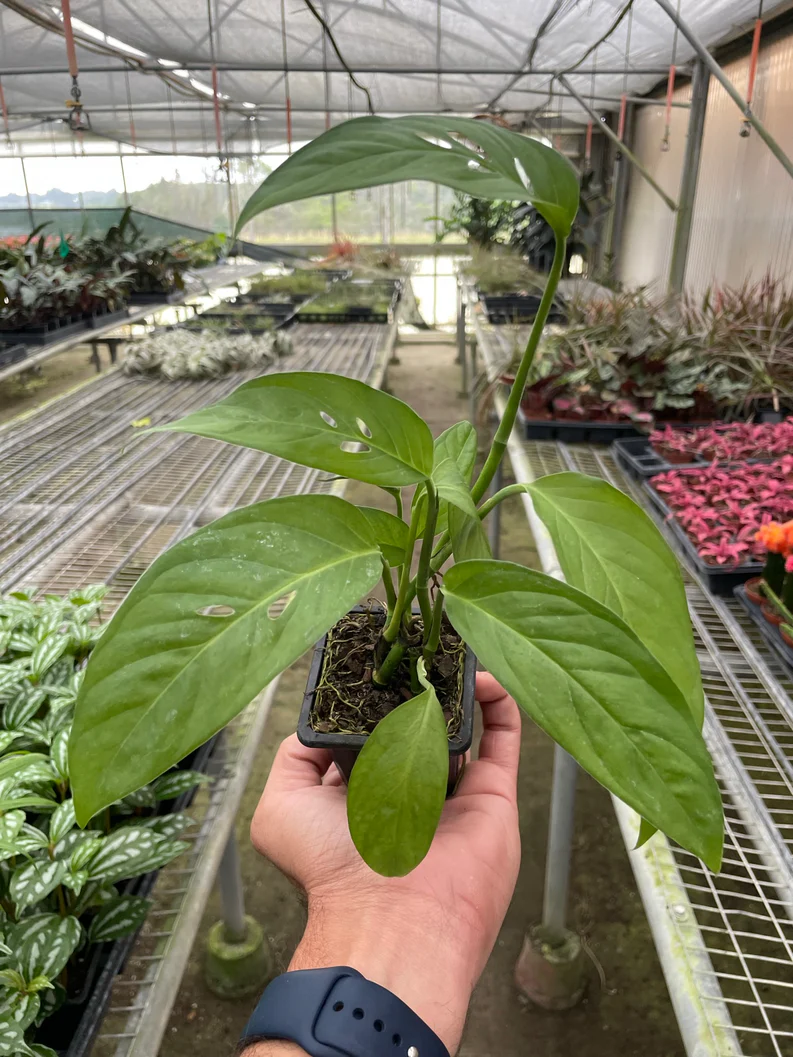If you’ve ever wondered why your Ficus Lyrata isn’t quite thriving, chances are it’s the light situation. This finicky Fiddle Leaf Fig Plant demands bright, indirect sun but not the harsh stuff that fries its shiny leaves. Let me tell you, getting the light balance right is an art. Too dark and it sulks, too bright and it scorches. I’ve seen plenty of folks struggle, but with a few simple tricks and some patience, your Fiddle Leaf Fig will be the star of your indoor jungle.
Let Me Tell You About Ficus Lyrata’s Light Drama
The Ficus Lyrata, or as your mates call it, the Fiddle Leaf Fig Plant, is that dramatic houseplant everyone wants but few truly get right. It craves bright, indirect sunlight—think of it as the perfect spot right next to a window but tucked away from the direct blazing sun that’s like a tanning bed gone wrong. I once had mine sitting right on the sill, and boy, those leaves looked like they’d been through a bonfire — crispy edges and all. Lesson learned, eh?
Bright But Indirect: What Does That Even Mean?
Bright light means a good amount of natural light flooding your room, but indirect means the light doesn’t hit your plant straight on. Imagine you’re basking in warm sunshine filtered through a sheer curtain or bouncing off a white wall. This setup is where your Fiddle Leaf Fig will strut its stuff. The leaves soak up this gentle glow, pumping out oxygen and looking all glossy and lush. Too much direct sunlight? You'll spot brown scorch marks faster than you can say "oops!".
How to Find That Sweet Spot
Finding the perfect light spot isn’t rocket science, but it’s not always a walk in the park either. I’ve moved my Ficus Lyrata from west-facing windows that gave it harsh afternoon sun to north-facing corners that left it sulking in the shadows. The trick is to give it 4 to 6 hours of bright, indirect light daily. A spot near an east-facing window, where morning sun gently kisses the leaves, often works wonders. If natural light is shy in your home, a grow light can be your plant's best buddy.
signs your fiddle leaf fig is Crying for Light
Not sure if your fiddle leaf fig is happy with its lighting? Watch out for these telltale signs: lanky stems reaching desperately towards light, dull leaves losing their shine, or worse, dropping leaves like it's got the blues. If you spot these, it’s time to shuffle your plant closer to that bright spot. Remember, plants are like us; they’ll complain if they’re not getting what they need.
Beware the Bright but Too Harsh Sun
Some folks think that more sun equals a happier fig, but no—this plant is a bit of a diva. Direct sun, especially midday rays, can burn the leaves, leaving ugly brown patches that never quite go away. I learned this the hard way after placing mine on a south-facing window without any filter. A sheer curtain or a spot just a foot back from the window pane solves this problem nicely.
Final Tips for Your Ficus Lyrata Light Needs
rotate your plant every week or so to ensure all sides get equal love and light. Dust off those big leaves occasionally, because a dusty leaf is like a closed window to sunlight. And remember, your Fiddle Leaf Fig is patient but not immortal — lighting mistakes can take months to reverse, so be gentle and observant.
Bright, indirect light is the secret sauce for your Ficus Lyrata. Nail that, and you’ll have a happy plant that might just make your living room the envy of all your friends.

